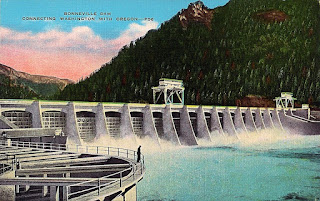I am out sick today. There are four things on the agenda:
Two short lectures about the interactions of Supply and Demand in the realm of oil prices (which we've studied a bit before).
Lecture 1: Breakdown in Prices (12 minutes)
Lecture 2: Short Run Prices (11 minutes)
Then I have two articles I would like you to complete SOAPS+Claim Analysis for next class; be sure to see the "personalization" section I've added at the end.
Two short lectures about the interactions of Supply and Demand in the realm of oil prices (which we've studied a bit before).
Lecture 1: Breakdown in Prices (12 minutes)
Lecture 2: Short Run Prices (11 minutes)
Then I have two articles I would like you to complete SOAPS+Claim Analysis for next class; be sure to see the "personalization" section I've added at the end.
SOAPS + Claim
Subject:
What is the essay’s topic?
Occasion:
What was the impetus for the writer’s writing the essay at this time?
Author/Audience: Who is the writer? What are his/ her credentials? Why should
readers take seriously what she/ he has to say? To whom does the writer address
his /her concerns?
Purpose:
why did the writer write the essay? What does he /she want to convince readers
of or persuade them to do?
Significance: To what does this piece relate? How might it be important to me, to
others; to the world?
Claim:
What is the writer intending to prove or establish?
PERSONALIZATION: How does this information (or should this information) apply to me know or in my future?
You will get paper copies of the two articles (set up for margin notes); they are available online as follows:





